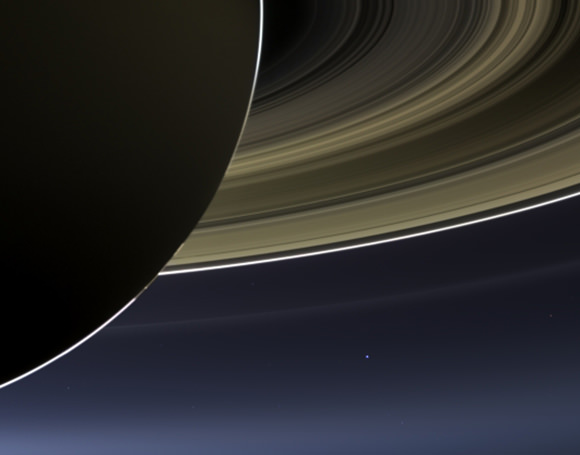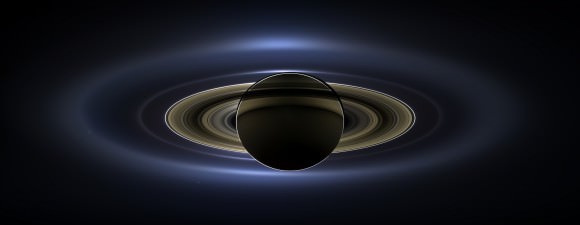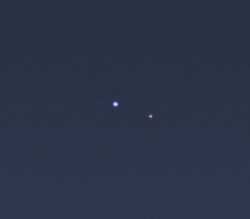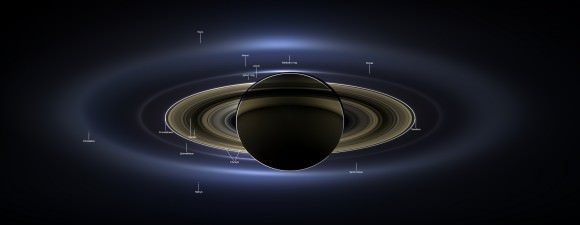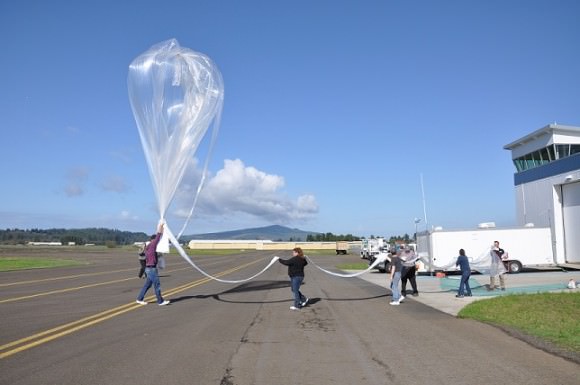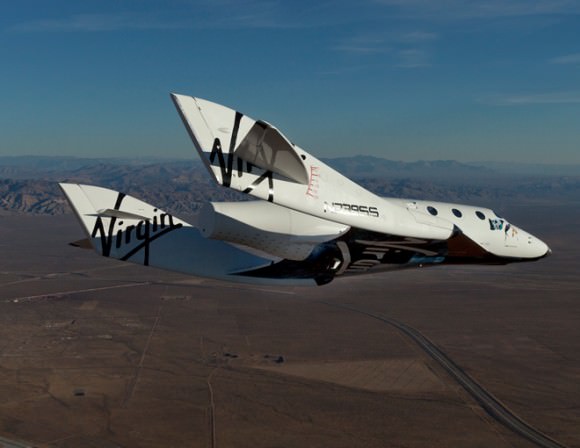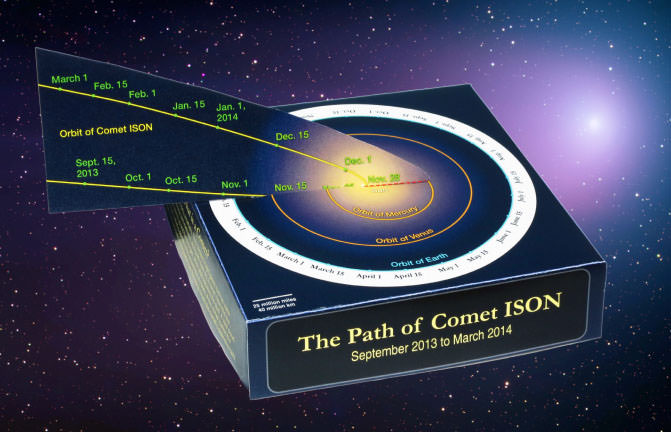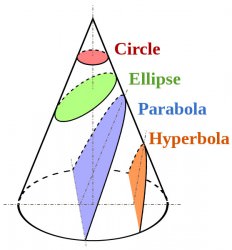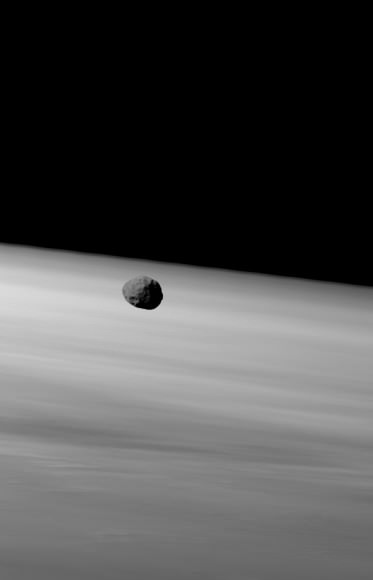Comet 2012 S1 (ISON) is just 16 days away from its close encounter with the Sun and is now inside the orbit of Venus, at under 103,000,000 km (64,000,000 miles) away from the Sun. This new timelapse by award-winning photographer Justin Ng from Singapore shows the journey of both ISON and Comet 2013 R1 (Lovejoy), taken on November 11, 2013. The video covers 50 minutes of imaging time for ISON and 90 minutes of imaging time for Lovejoy.
As you watch the video of each, don’t worry – the comets and their tails are not fizzling out! This actually reflects the reduced visibility of the comets as the sky was gradually becoming brighter with daybreak. Additionally, Justin cautions that in the timelapse, both comets appear to be moving especially fast because of smaller field of view and long exposure.
On November 4, there were indications of a possible ion tail emerging from Comet ISON, and this comet’s growing dust tail now stretches to more than a full moon’s diameter. “Comet ISON is now plunging towards the Sun with 2 long tails at a magnitude of around +7 and it is visible in small scopes and strong binoculars,” writes Justin.
Comet ISON flies in front of constellation Virgo this week (from our vantage point on Earth) and it is expected to grow some 2.5 times brighter before it passes by the bright star Spica in Virgo on November 17 and 18.
“Comet Lovejoy just passed into the constellation Leo with a magnitude of around +6 and it’s an easy binocular object,” said Justin. “R1 Lovejoy will remain well placed at 50 to 60 degrees above the northeastern horizon before sunrise through this week for observers from near the Equator.”
Keep tabs on Justin’s work on his website , G+ page, and Facebook.
Keep tabs on the latest on Comet ISON at the Comet ISON Observing Campaign website.
Timelapse of Comet ISON and Comet Lovejoy from Justin Ng Photo on Vimeo.



